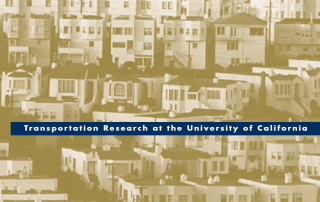ACCESS 30, Spring 2007
Introduction: Change Happens
Melanie Curry
In a constantly evolving field like transportation, it’s crucial for practitioners to be willing to shift perspective, or at least to rethink positions. What seems axiomatic in one period may change when new circumstances arise. Thus, for example, mid-twentieth-century advocacy of more roads to handle growing numbers of vehicles is being re-examined in the face of ever-increasing traffic congestion.
Meanwhile new vehicle types slowly replace older ones; new types of buses share streets with old yellow school buses as well as hybrid cars and light rail; and our cities experiment with bus rapid transit, car sharing, traffic calming, and bike lanes.






